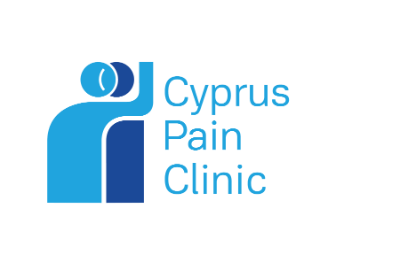Drug Therapies
- Anticonvulsants
- Antidepressants
- Opioids to reduce pain intensity
Topical application of skin patch (Capsaicin patch 8%)
These capsaicin-rich patches are often applied after the administration of a local anesthetic. Depending on the part of the body where they are applied, they stay on the skin for about 60 minutes during the therapy before being removed.
Transcutaneous Electrical Nerve Stimulation (TENS)
This technique involves electrically stimulating the affected area’s nerves. Related research suggests that these nerve impulses block the brain’s reception of pain signals.
Permanent pain pumps
The above medications can be administered directly to the spinal cord through a pain pump that is implanted under the skin and slowly releases the medication over a period of time.
Spinal cord stimulation
The procedure for spinal cord stimulation entails inserting a tiny device close to the spine under the skin. Before pain signals reach the brain, this device modifies or masks them by sending electrical signals to the spinal cord via electrodes.
Alternative Treatments
Alternative/adjunct treatments for phantom limb pain include biofeedback and acupuncture. In particular, biofeedback helps a person have better pain control through relaxation techniques and management of the body’s normal functions (heart rate, blood pressure, breathing).


